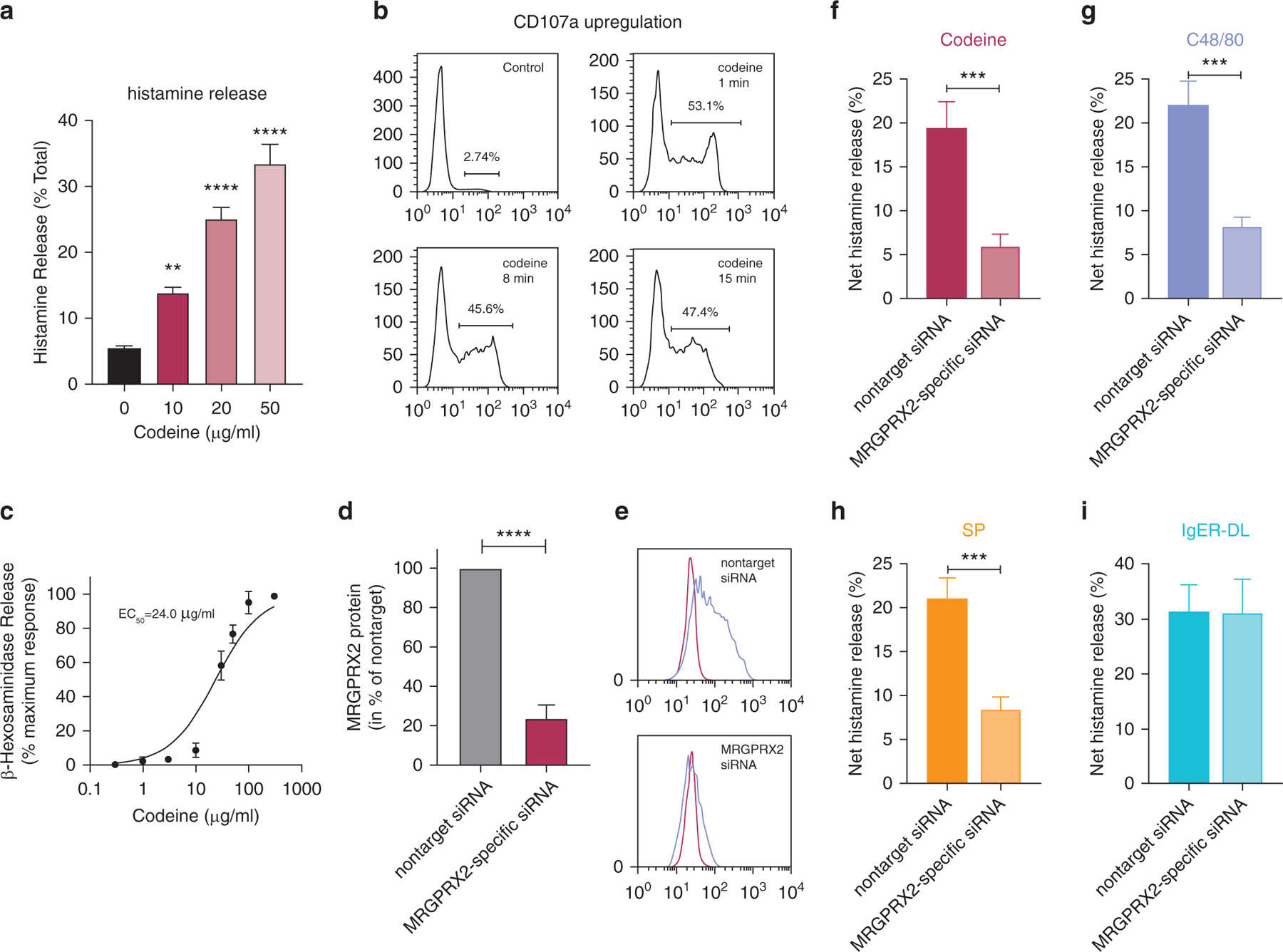Figure 1. MRGPRX2 is the codeine receptor on human skin MCs.

(a–c) Skin MCs ex vivo were stimulated with codeine, and (a) net histamine release (stimulated release–spontaneous release; in percentage of total histamine) was assessed after 30 minutes; mean ± SEM and n = 8. (b) CD107a externalization was determined by flow cytometry after the indicated times, representative of two independent experiments. (c) β-Hexosaminidase release served to calculate EC50. The net release for each concentration was normalized to the maximum; mean ± SD, n = 6. (d–i) Cells were subjected to MRGPRX2-specific siRNA or nontarget siRNA for 2 days. (d) MRGPRX2 surface expression; mean ± SEM of net MFI (MFI MRGPRX2–MFI isotype) for MRGPRX2 siRNA normalized to nontarget siRNA; n = 10. (e) Representative histograms, blue: MRGPRX2, red: isotype. (f–i) Net histamine release triggered by C48/80 (10 µg/ml), SP (30 µM), codeine (50 µg/ml), and IgER-CL (29C6, 0.5 µg/ml); mean ± SEM and n = 7–8. MRGPRX2-specific siRNA reduced degranulation to 29.8 ± 12.8% (codeine), 36.2 ± 12.0% (C48/80), 40.0 ± 11.9% (SP). **P < 0.01, ***P < 0.001, ****P < 0.0001. C48/80, compound 48/80; CL, crosslinking; EC50, half maximal effective concentration; IgER, IgE receptor; MC, mast cell; MFI, mean fluorescence intensity; min, minute; siRNA, small interfering RNA; SP, substance P.
